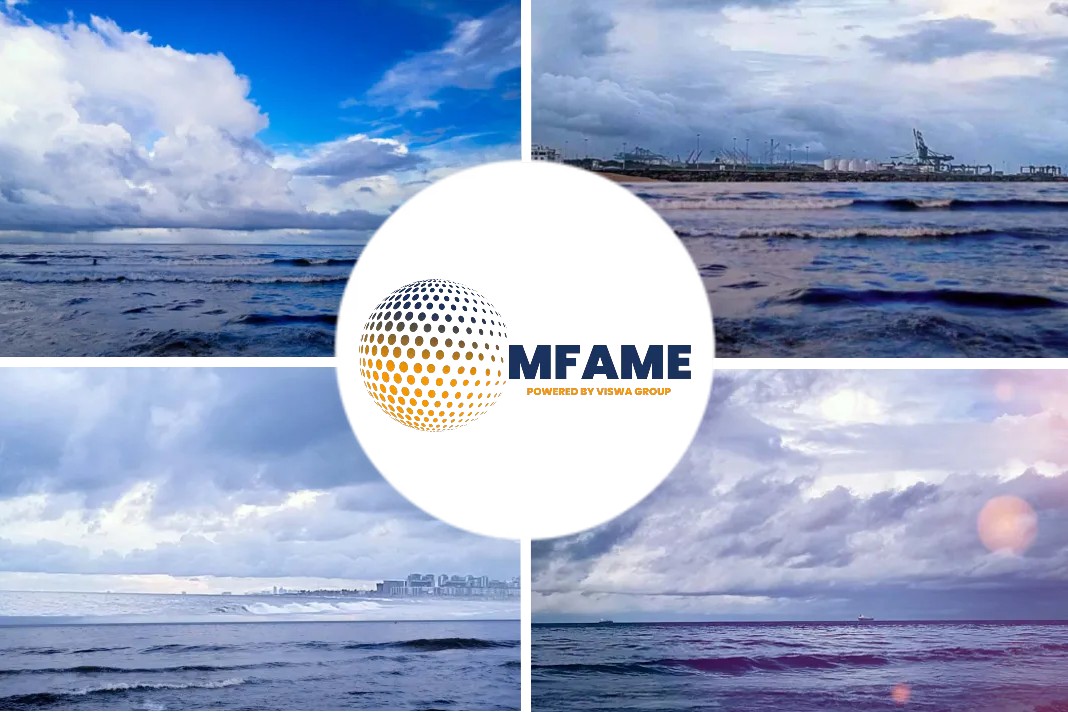
Cargo ships have run off bunker fuel oil since at least as far back as the end of the Second World War. But now, with new environmental regulations set to come into effect, some shipbuilders are considering nuclear power as an alternative energy source.
Propelling The Giants
Cargo shipbuilders are looking further afield when it comes to ways of propelling their giant hunks of steel around the world. The industry has changed remarkably little in the last hundred years, with most cargo ships running off oil. However, as environmental regulations get more stringent and as green energy technology becomes better, nuclear power is becoming increasingly more viable as an option for powering cargo ships.
Putin said of The Yakutia and its ilk: “They are needed for the study and development of the Arctic, to ensure safe, sustainable navigation in this region, to increase traffic along the Northern Sea Route.” Its job is to break ice in the Arctic, to ensure that shipping routes stay open for other boats. The Yakutia isn’t the only vessel powered by atomic action – according to Flexport, “Four countries have launched nuclear-powered merchant ships: America built the NS Savannah, a passenger-cargo ship; Germany built the Otto Hahn, which carried ore for nearly a decade; Japan built the Mutsu, which was decommissioned after a single test run; and Russia built the Sevmorput, which carried cargo until 2012.”
Nuclear Powered
Though nuclear powered ships used to be the singular preserve of militaries and governments, the world’s largest shipbuilder (South Korea’s HD Hyundai) is apparently, potentially, about to change that. The company’s chief executive Ki-sun said: “We’re thinking of putting nuclear power into a ship for a zero carbon shipping future.” If this ambition succeeds, it won’t be so simple as just changing fuel sources. Crew will have to be retrained, engineers will have to be enticed to go live at sea; a whole raft of things will need to change.
There will be advantages though: not only will emissions be reduced (something particularly important in parts of the world like the Arctic) but ships will have to stop and refuel much less frequently. Per Maritime Executive: “The research identified large ocean-going vessels as having the most potential for nuclear propulsion. By creating four different concepts (bulk, container, tanker, and offshore), key items were analyzed, including the mass and volume of the energy storage and power generation system…”
Did you subscribe to our newsletter?
It’s free! Click here to subscribe!
Source: Dmarge
















